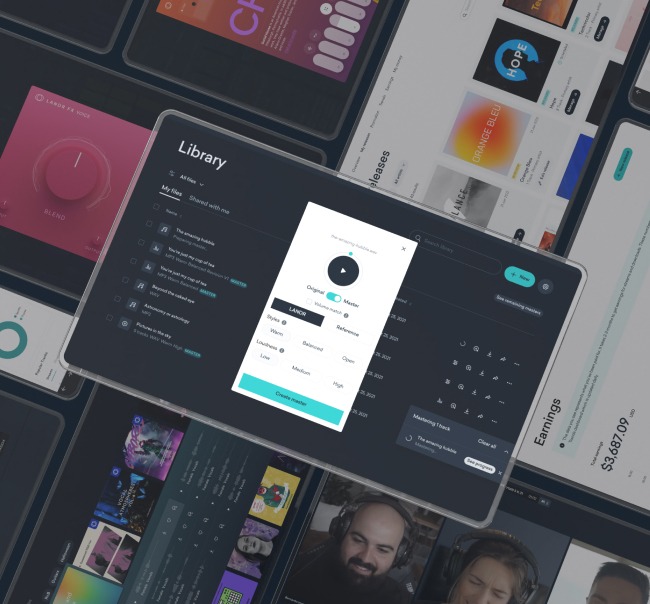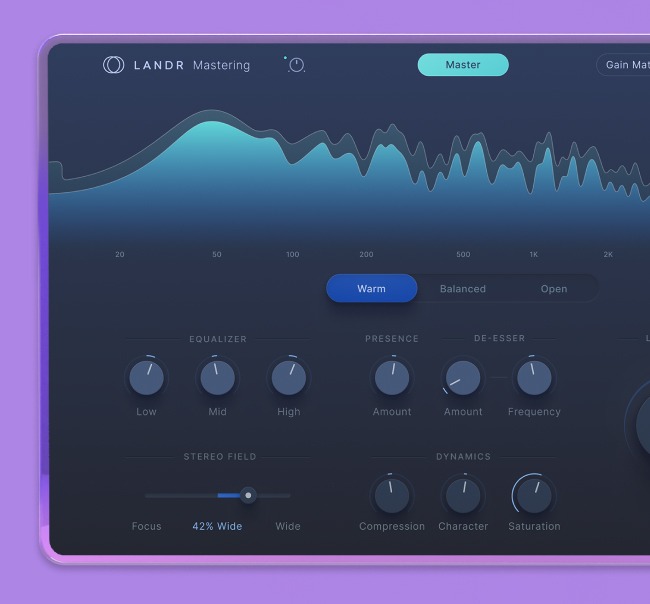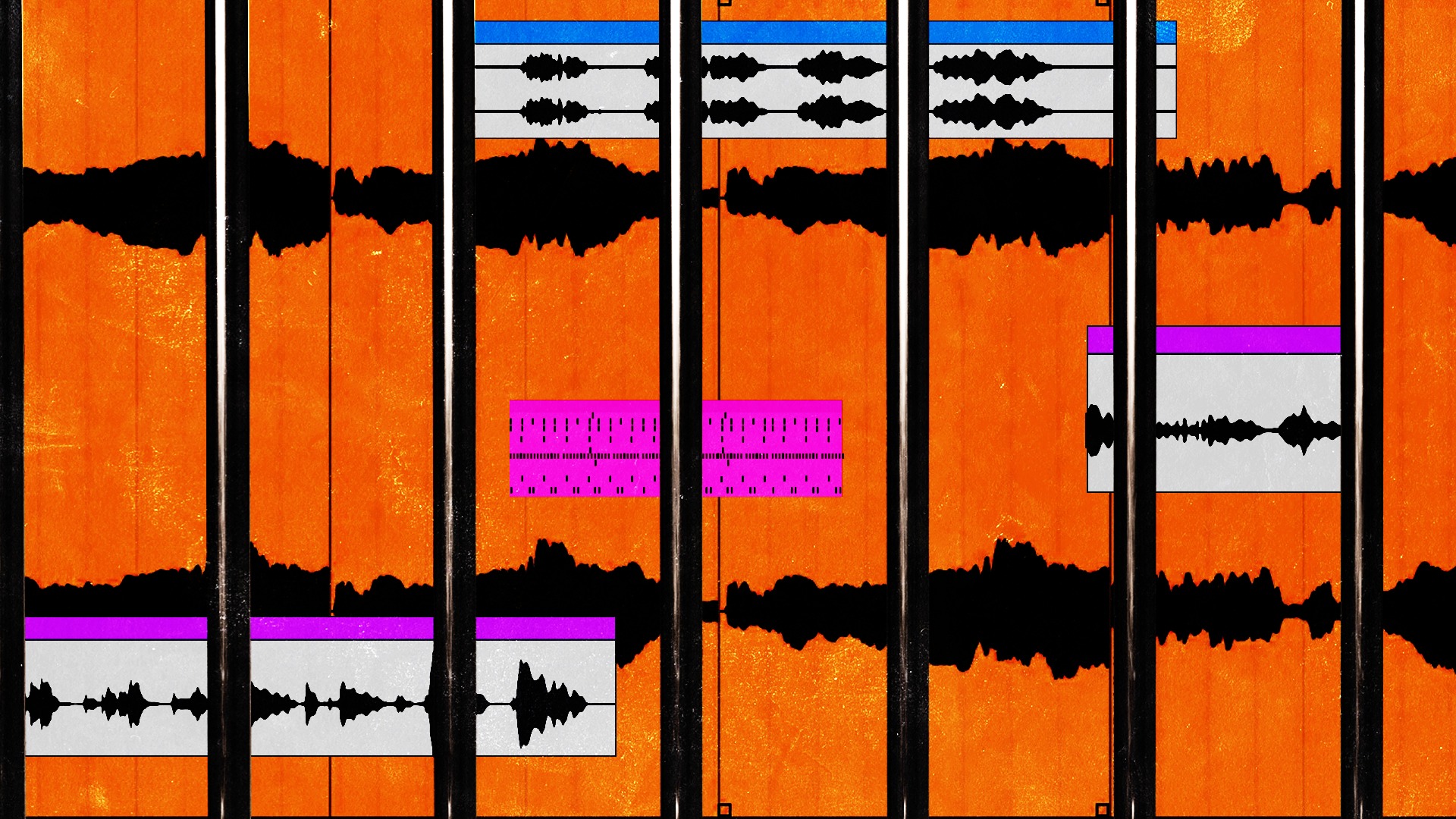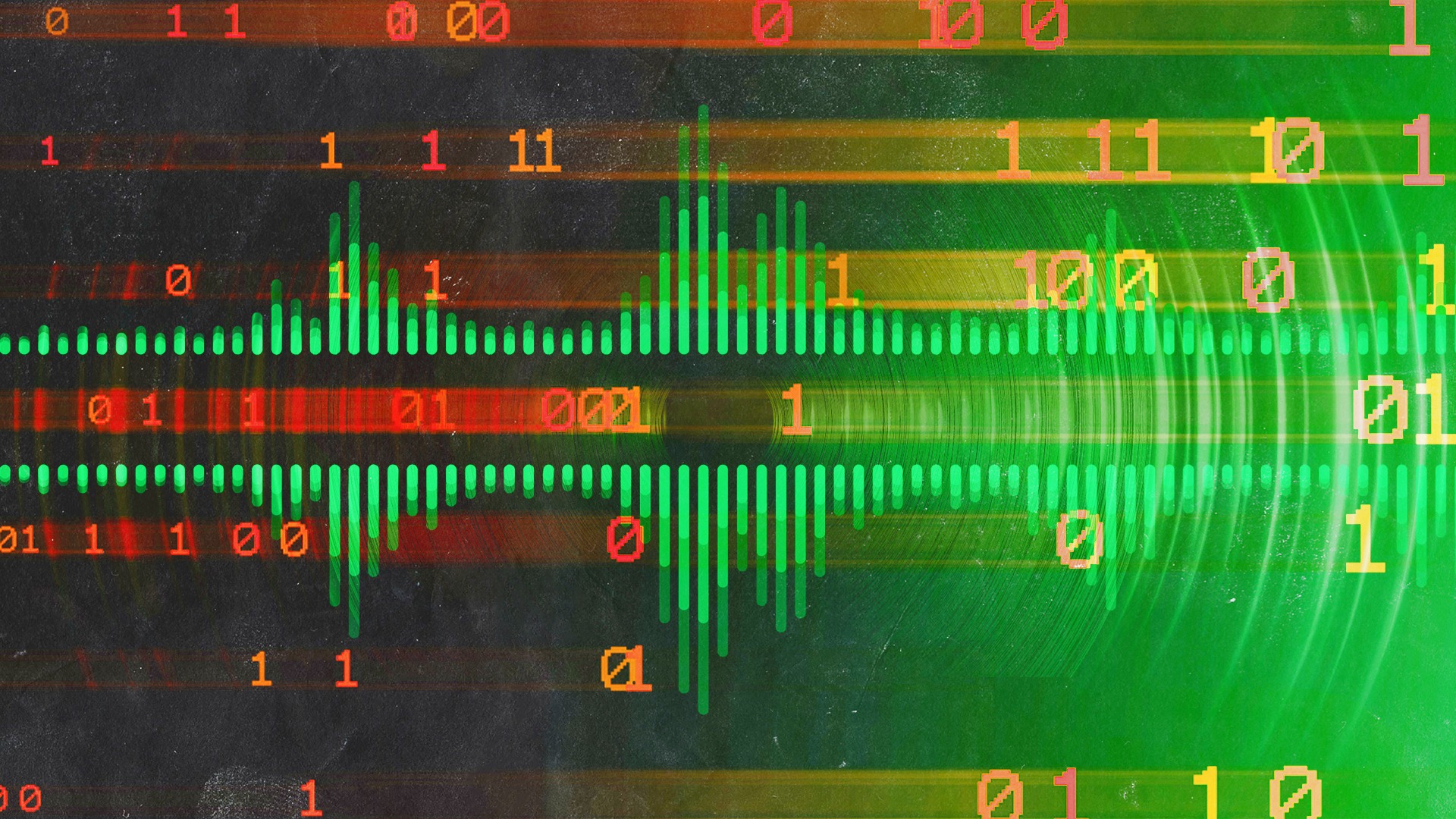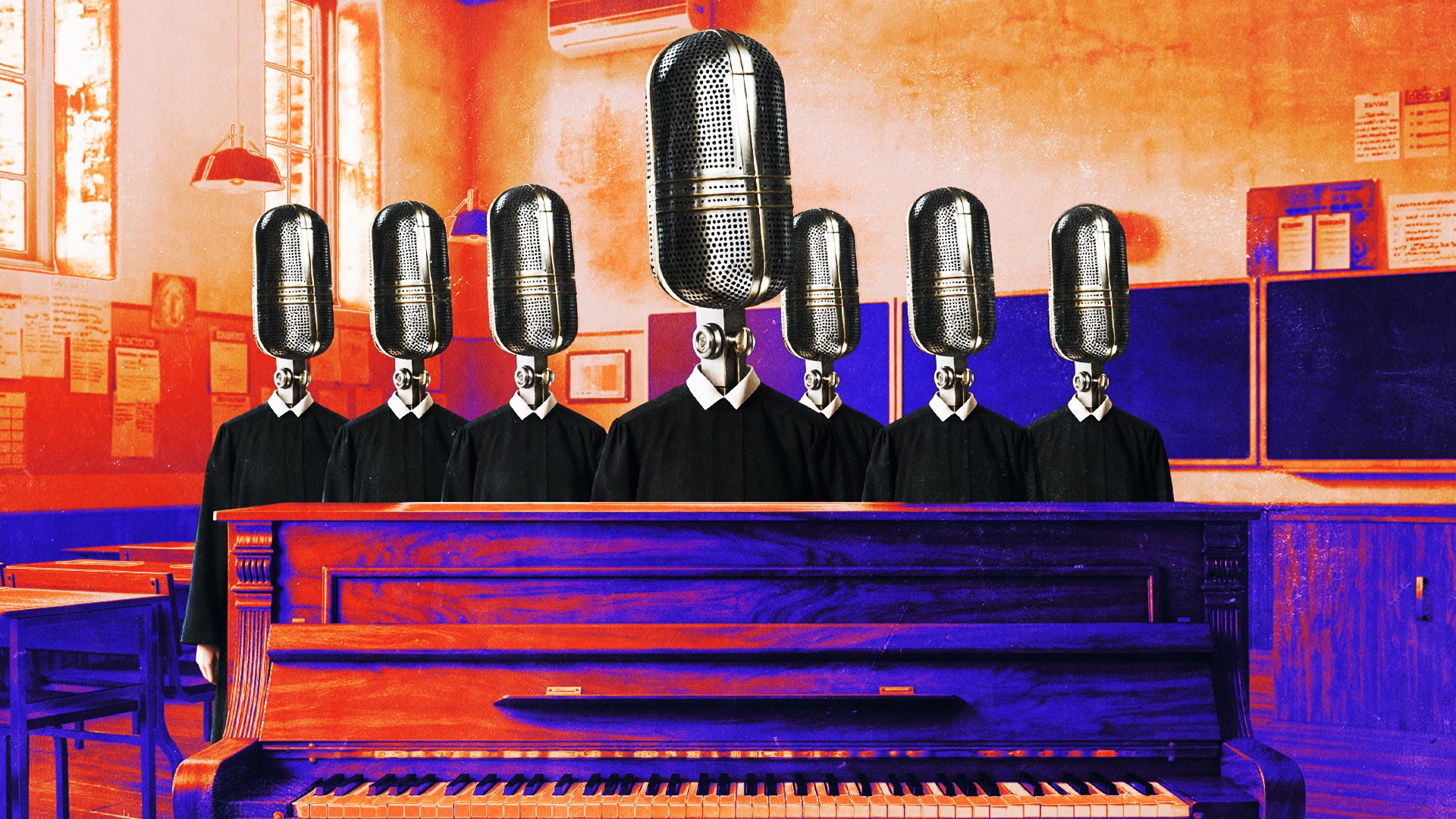
The Studio Gear Behind Today’s Top Hip-Hop Hits
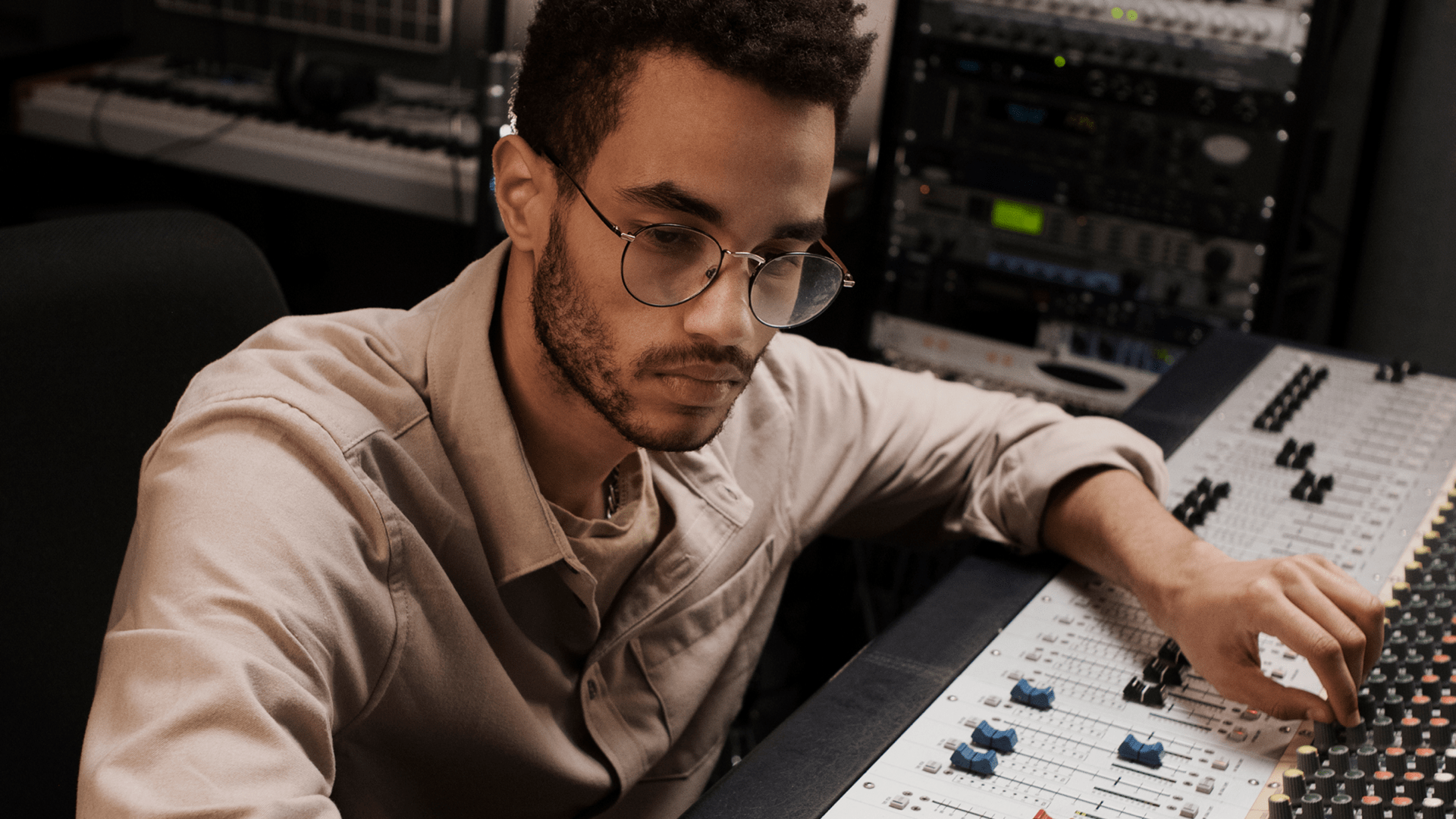
Hip-hop has always been a genre built on innovation. From the iconic boom-bap of the 808 to the pitch-perfect vocals that define today's charts, the sound of modern hip-hop is inseparable from the gear that creates it.
While talent and vision drive every hit, the tools producers choose shape the final product in fundamental ways.
So we worked with Equipboard to document the gear setups behind your favorite artists, offering a transparent look at what actually goes into crafting these sounds.
Let’s explore the tools and techniques that define today’s top hip-hop hits.
The 808 and low-end design
The Roland TR-808 drum machine, first released in 1980, is directly behind hip-hop’s bass-heavy sound.
Today, its distinctive bass sound has moved from rare hardware units into thousands of sample packs and plugin emulations that producers access daily.
Modern production tools give engineers more control over 808 processing than the original hardware ever allowed, enabling them to craft the booming melodic bass tones that define trap, drill, and contemporary rap subgenres.
How to make modern 808s
Getting clean, powerful 808s requires more than just picking the right sound. Start by grabbing an 808 sample and tuning it to match your song’s key.
This ensures the sub frequencies sit perfectly in the mix rather than creating muddy clashes.
Use subtractive EQ to remove unnecessary frequencies, keeping the focus on those chest-hitting lows and lower mids.
Tools like AudioThing Valves add harmonic saturation that helps 808s translate on smaller speakers, while LANDR FX Bass can enhance sub frequencies without adding volume.
Metro Boomin is an iconic producer whose 808s demonstrate this approach perfectly.
His tracks feature clean sub bass with subtle distortion that cuts through dense arrangements.
Transient shaping helps control the attack, ensuring each 808 note punches through without overwhelming the mix.
The modern vocal chain
Vocals are obviously central in hip-hop production, that’s why modern producers need somewhat sophisticated vocal processing chains. A common signal path typically flows from microphone to preamp, through pitch correction, then into EQ, compression, and effects. Each stage shapes the final character of the vocal performance.
For preamps, the Universal Audio Apollo Twin combines high-quality conversion with built-in DSP processing, allowing producers to track through classic compressor and EQ emulations in real time. This approach captures polished sounds at the source rather than relying entirely on post-processing.
The Sony C800G remains the gold standard in elite studios, famous for its ultra-clear top end that captures every vocal nuance. But let’s be real: not everyone’s dropping $10K+ on a mic. If you’re on a budget, try the RØDE NT1 or Audio-Technica AT4040. Both deliver crisp, detailed recordings at a fraction of the cost, and are staples in home and project studios.
When it comes to preamps and interfaces, the Universal Audio Apollo Twin shines with real-time analog modeling and high-end conversion. It’s perfect for tracking through classic emulations of EQs and compressors before you even mix. Focusrite Scarlett 2i2 or SSL 2+ are also clean, reliable preamps, with solid conversion.
Auto-Tune like effects like LANDR VoxTune have transcended their original purpose as pitch correction tools to become an essential creative effect.
For example, Travis Scott’s heavily processed, reverberant vocals showcase how aggressive tuning settings create an otherworldly aesthetic that defines modern hip-hop production.
The key is intentionality. Subtle pitch correction maintains natural performance, while faster retune speeds create that signature robotic effect.
The vocal mixing stage adds dimension and space. Compression controls dynamics, ensuring vocals sit consistently in the mix. De-essing tames harsh sibilance. Reverb and delay create depth and width. For the final polish, LANDR Mastering ensures vocals maintain their presence and clarity across all streaming platforms, with loudness optimization that meets industry standards.
Sampling and workflow
Modern hip-hop production bridges hardware and software workflows.
The Akai MPC Live II and Native Instruments Maschine+ offer standalone sampling workstations that capture the tactile feel of classic beat-making while integrating seamlessly with digital audio workstations.
These tools let producers chop samples, layer sounds, and build arrangements away from the computer screen.
Inside the DAW, FL Studio dominates hip-hop production for its intuitive pattern-based workflow and powerful piano roll. Ableton Live appeals to producers who value flexible arrangement views and robust MIDI capabilities. But both platforms excel at the sample manipulation that defines modern hip-hop.
Kenny Beats exemplifies this hybrid DAW and hardware approach. His workflow blends the analog warmth of hardware synthesizers and drum machines with the precision editing capabilities of modern DAWs.
This combination maintains the organic feel of traditional production while exploiting digital flexibility.
If you’re curious what gear your favorite producers use, you can explore verified setups like Metro Boomin’s complete gear list to see how top producers structure their studios.
The beauty of this hybrid workflow lies in its adaptability. Hardware provides inspiration and happy accidents. Software offers surgical control and unlimited recall.
Mixing and mastering for impact
Modern hip-hop mixes pursue three qualities: width, loudness, and clarity. Achieving all three simultaneously requires strategic use of EQ, compression, and spatial effects.
The goal is to create tracks that translate on all listening devices, whether studio monitors, earbuds, or car speakers.
FabFilter Pro-Q3 has become the industry standard EQ plugin for its surgical precision and spectrum analysis.
Its dynamic EQ modes allow frequency-specific compression, taming resonances without affecting the entire signal.
The Audified U73b Compressor glues mix elements together, adding the subtle pumping that gives hip-hop tracks their forward momentum.
For mastering, LANDR Mastering Plugin provides automated tools for maximizing loudness while maintaining dynamic range.
But having good monitors is an important component in ensuring mix accuracy. Yamaha’s HS8 studio monitors offer an honest frequency response that reveals mix problems before they reach listeners. KRK Rokit 8 monitors provide another popular option, with a pronounced low end that helps producers assess bass-heavy arrangements.
Build your own modern hip-hop setup
Starting your hip-hop production journey doesn’t require a six-figure studio. Here’s how to build effective setups at different budget levels.
Home studio starter (Under $500):
- Focusrite Scarlett 2i2 audio interface
- Audio-Technica ATH-M50x headphones
- Free LANDR samples for professional sounds
- Your DAW of choice (many offer free trials)
Intermediate (Around $1,000):
- Universal Audio Volt interface for better preamps
- Shure SM7B microphone for vocal recording
- JBL 305P MkII studio monitors
- Antares Auto-Tune Access for vocal processing
Professional Level:
- Universal Audio Apollo Twin for DSP processing
- Neumann U87 microphone for pristine vocal capture
- Yamaha HS8 monitors for accurate mixing
- LANDR Mastering Plugin Pro for professional mastering
Explore the verified gear behind your favorite producers on Equipboard to see how they’ve built their setups and find inspiration for your own studio evolution.
Gear guides, tips, tutorials, inspiration and more—delivered weekly.
Keep up with the LANDR Blog.

